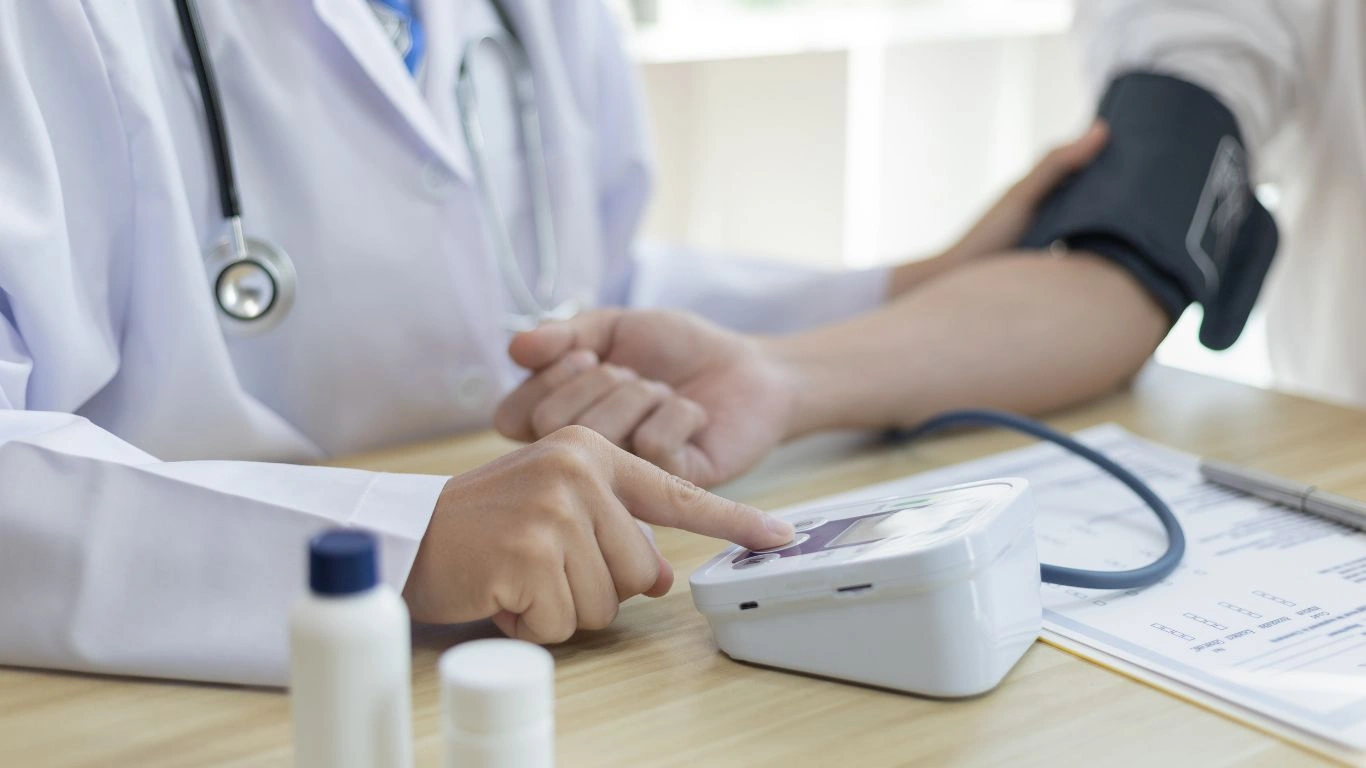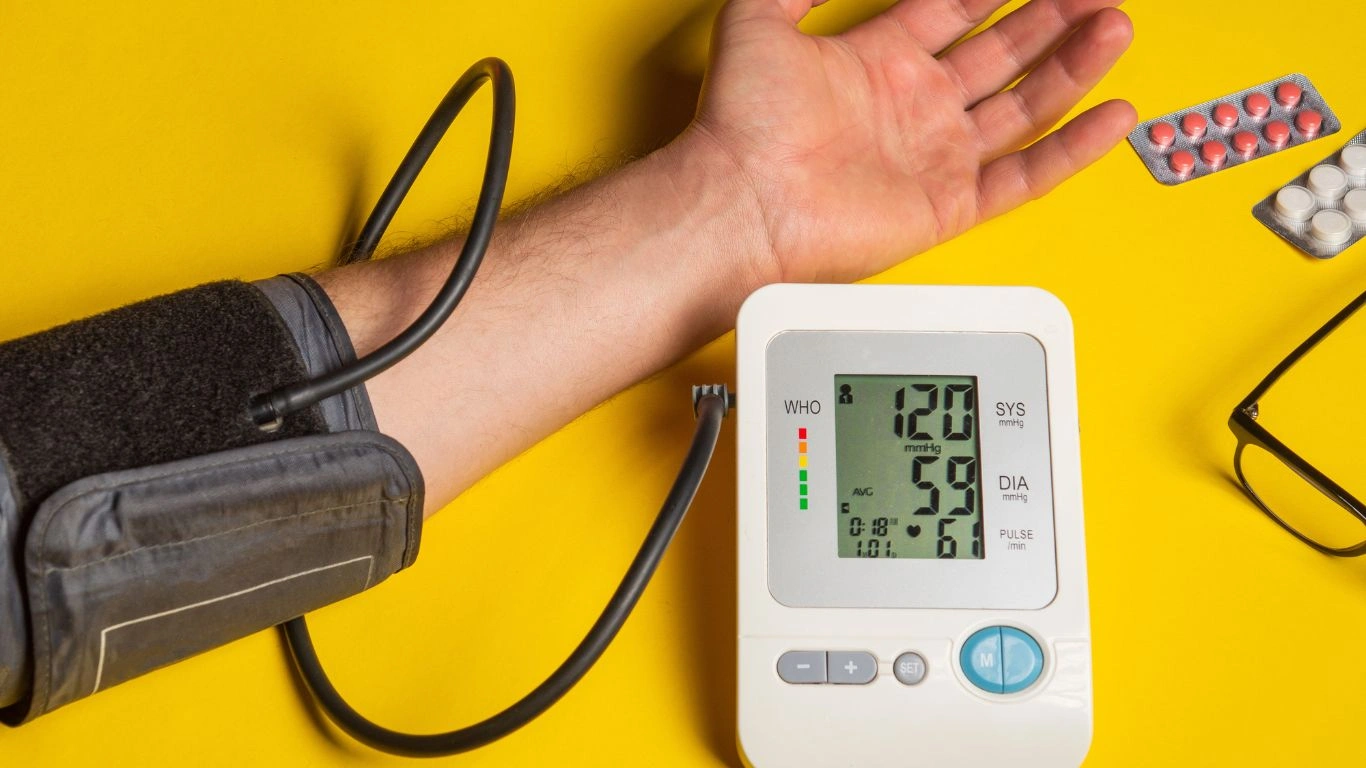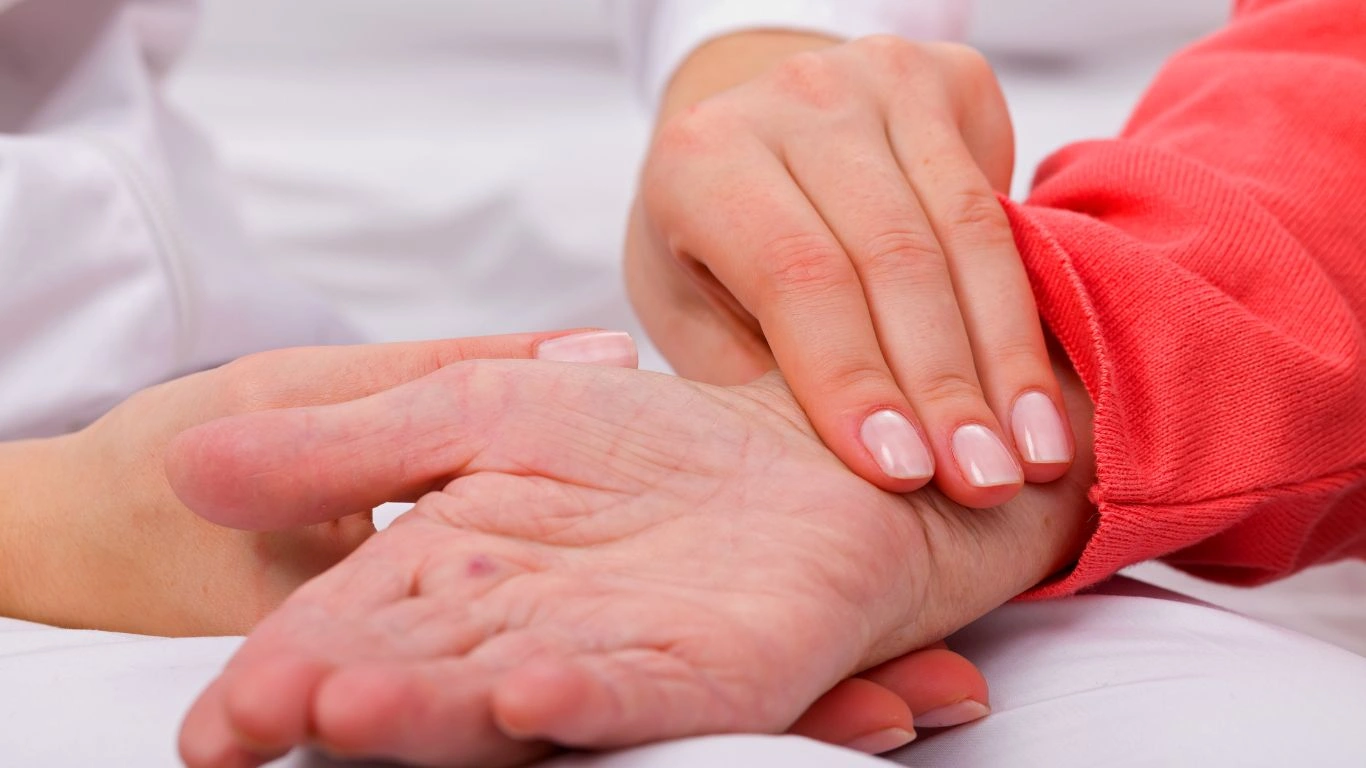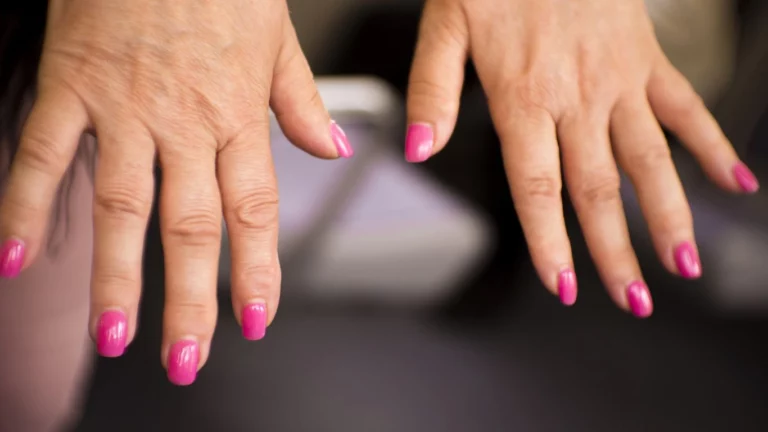How to Reduce Sodium Cravings Naturally and Boost Health
Craving salty snacks after a long day? You’re definitely not alone. As an internal medicine physician who’s worked extensively with patients battling high blood pressure, I’ve seen firsthand how hard it is to cut down on sodium—especially when those cravings hit hard. Figuring out how to reduce sodium cravings naturally can feel like solving a puzzle without all the pieces, but trust me, it’s absolutely doable with the right mindset, strategies, and a few surprisingly simple food swaps. And no, you don’t need to go full monk mode or swear off your favorite comfort foods forever.
Why Do We Crave Salt So Much?

Let’s talk about what’s really going on when that salty craving strikes. A lot of folks assume it’s just bad habits or lack of willpower (ugh, the guilt trip), but it’s often deeper than that. Your body actually *needs* some sodium to function—muscle contractions, nerve impulses, hydration balance—it’s all connected. But when you’re consuming too much sodium regularly, your taste buds get used to that high-salt flavor, making low-sodium options taste, well… bland.
On top of that, stress, dehydration, hormonal shifts, and even certain medications can send your salt cravings into overdrive. I’ve had patients look me dead in the eye and say, “I swear I don’t even like salty foods, but lately, I can’t stop thinking about chips.” Totally real. And that’s where the science meets the everyday reality of managing high blood pressure.
How to Reduce Sodium Cravings Naturally Without Feeling Deprived

1. Hydrate Before You Raid the Pantry
Cravings can be sneaky. One of the first things I tell my patients is to drink a full glass of water when a salty craving hits. Mild dehydration can mimic hunger or salt cravings, and it’s amazing how often a few sips will make that urge to snack disappear. Bonus: hydration helps with blood pressure control too.
2. Load Up on Flavor—Not Salt
If you’re eating bland, you’re going to crave bold flavors—and most people turn to salt by default. But here’s my personal trick: lean on herbs, spices, citrus, and vinegars. I use smoked paprika, garlic powder, lemon zest, and even a splash of apple cider vinegar to bring dishes to life without a sodium bomb. It makes home-cooked meals way more exciting, and patients tell me they stop reaching for the salt shaker after just a couple of weeks.
3. Focus on Whole, Unprocessed Foods
Honestly, if I had a dollar for every time I saw someone eat “healthy” processed food that was secretly loaded with sodium, I’d have my own line of low-sodium seasonings by now. The sneaky part? Even foods that don’t taste super salty—like bread, sauces, or breakfast cereals—can be full of hidden sodium. Start with a pantry audit and aim to cook more from scratch. You’ll have better control and your taste buds will slowly recalibrate.
4. Eat Foods Rich in Potassium and Magnesium
Now we’re getting into the fun part—nutrition that fights cravings from the inside out. Foods high in potassium (think bananas, sweet potatoes, spinach) and magnesium (like nuts, seeds, and whole grains) can help balance your electrolyte levels and naturally calm down your cravings. I like to call these the “quiet down” nutrients—because they help your body stop shouting for salt.
5. Address the Stress-Salt Connection
Okay, this one’s huge. Stress and sodium cravings go hand in hand. Cortisol, your main stress hormone, actually increases sodium retention and can trigger cravings. I’ve had more than a few patients who notice their salty snack binges happen right after tough meetings or sleepless nights. Incorporating small daily stress relievers—like a 10-minute walk, deep breathing, or even laughing at silly memes—can help break the cycle.
What to Eat Instead: Smart Swaps for Salty Cravings

Don’t worry, I’m not about to tell you to chew on celery sticks and call it a day. The trick is finding satisfying alternatives that deliver that crunch or savory kick without the sodium overload.
- Roasted chickpeas: Tossed with olive oil, garlic powder, and smoked paprika. So addictive.
- Air-popped popcorn: Drizzle with a bit of olive oil and nutritional yeast for a cheesy punch.
- Lightly salted or unsalted nuts: Add chili flakes or cinnamon to mix it up.
- Veggies + dip: Try cucumber slices with hummus or carrots with guacamole for a creamy-salty fix.
- Homemade kale chips: Massage with olive oil and lemon juice, then bake until crispy.
These swaps can truly satisfy without sabotaging your health goals. Over time, your palate adjusts and suddenly that bag of salted pretzels tastes like a salt lick. Not even exaggerating—I’ve seen patients shocked at how fast their taste buds reset once they stop flooding them with sodium.
Resetting Your Taste Buds: The Secret to Long-Term Success

Here’s something I’ve told hundreds of patients over the years—your taste buds aren’t set in stone. They adapt. In fact, it only takes about 2 to 3 weeks of consistent low-sodium eating for your palate to adjust. That’s not just a nice theory—I’ve seen it play out with my own patients (and myself, honestly). I remember cutting back on processed foods during residency (hello, vending machine lunches), and within a month, the usual salty chips started tasting like seawater. It was wild.
What’s even more encouraging? Once your body recalibrates, naturally lower-sodium foods start to taste richer. You’ll begin to notice the subtle sweetness of carrots, the umami depth of mushrooms, or the zip of lemon juice. The trick is to push through that early phase without giving in to the salt monster. Keep reminding yourself: this is temporary, and your taste buds will catch up.
Reading Labels Like a Sodium Sleuth

This is where a little label-reading detective work goes a long way. Many patients assume they’re eating “healthy” because the front of the box says “low-fat” or “organic,” but the sodium content tells a different story. My go-to advice? Flip it over and check two things:
- Sodium per serving: Aim for less than 140mg per serving if it claims to be “low sodium.”
- Serving size games: Packages often list deceptively small portions. Multiply if you’re eating more than one serving.
One of my patients thought their frozen “health bowl” was a solid choice—until we checked the sodium. It had over 1,200mg in just one bowl. That’s nearly the whole daily limit for someone with high blood pressure! Swapping that for a homemade quinoa and veggie mix dropped their intake dramatically without sacrificing flavor or satisfaction.
Craving Cues: Learning Your Triggers

If you’re serious about learning how to reduce sodium cravings naturally, you’ve got to know what sets them off. Salt cravings aren’t always about food—they’re often tied to emotions or habits. Think of it like detective work on yourself. Here are a few patterns I’ve helped patients uncover:
- Boredom snacking: Especially late at night or during mindless TV time.
- Emotional eating: After stress, arguments, or tough workdays. Salt = comfort.
- Low energy: When you’re tired, your body craves fast energy sources, which often include salty snacks.
- Habitual triggers: Like always ordering fries with your sandwich or eating chips while cooking dinner.
Once you spot the pattern, you can start changing the response. One of my favorite tips? Replace the *action*, not just the food. If your “I’m stressed” habit is reaching for pretzels, try doing 15 jumping jacks or sipping a hot cup of herbal tea instead. It feels awkward at first, but it works.
Mindful Eating and Portion Control Tricks

It’s not just *what* you eat—it’s *how* you eat. Slowing down, being present with your food, and truly tasting each bite sounds super woo-woo at first, but stick with me. I’ve had patients tell me that when they actually chew their food thoroughly, they eat way less and feel more satisfied.
Try this quick trick I teach my patients:
- Before eating, take three deep breaths and ask: “Am I truly hungry or just stressed/tired?”
- Use smaller plates and bowls—it sounds silly, but it psychologically helps you feel full with less food.
- Put your fork down between bites. This slows you down and gives your body time to register fullness.
Mindful eating also helps your brain reconnect with subtle flavors. When you’re not rushing, you notice how flavorful roasted garlic, basil, or lemon can be—even without added salt.
Stocking a Low-Sodium Kitchen for Success

Here’s something practical I often recommend: overhaul your kitchen setup. Because let’s face it—when you’re tired, hungry, and short on time, you’ll eat what’s easiest to grab. So let’s make *healthy* the easy choice. A few pantry and fridge staples can help you stay on track:
- No-salt-added canned beans and tomatoes – Great for soups, stews, and quick meals.
- Low-sodium broth – Flavorful base for sauces and cooking grains.
- Spice blends without salt – Like Mrs. Dash or DIY mixes with cumin, turmeric, garlic, onion powder, etc.
- Fresh herbs and citrus – Game-changers for flavor. I keep parsley, basil, and lemons stocked year-round.
- Frozen veggies (no sauce or salt) – Super convenient and just as nutritious as fresh.
I’ve had patients send me photos of their “low-sodium shelf” in the pantry, and honestly, I love that energy. When your environment supports your goals, success gets way easier.
Practical Lifestyle Changes That Make a Real Difference

By now, you’re probably getting a good sense of how multi-layered sodium cravings are—and how you can tackle them without feeling like you’re missing out. One thing I always emphasize during patient visits is that lifestyle changes don’t have to be all or nothing. Small, steady adjustments are what really add up over time.
For example, swapping out processed snacks for fresh or lightly prepared alternatives is great, but don’t beat yourself up if you still want the occasional salted popcorn or fries. What matters most is the overall pattern. In my clinical experience, patients who give themselves grace and focus on progress instead of perfection tend to stick with their new habits longer and see better results.
Sleep: The Underestimated Factor
One surprising contributor to sodium cravings that gets overlooked is poor sleep. When you’re exhausted, your body searches for quick energy and often sends signals that can increase salt cravings. I’ve personally noticed that after nights with less than 6 hours of sleep, my own desire for salty snacks skyrockets.
Getting consistent, quality rest can significantly dial down those urges. Aim for 7-8 hours per night and try to keep a regular sleep schedule. If falling asleep is tough, consider relaxing activities before bed like reading, meditation, or light stretching.
Physical Activity Helps Balance Cravings
Exercise isn’t just good for your heart and weight—it can also help modulate cravings. Moving your body releases feel-good chemicals like endorphins and serotonin, which reduce stress and improve mood. When you’re less stressed, you’re less likely to reach for salty comfort foods.
I encourage patients to find activities they enjoy, whether it’s walking the dog, yoga, swimming, or even dancing around the living room (yes, that counts!). Even just 20 minutes a day can make a noticeable difference in how your body and brain respond to cravings.
When to Seek Medical Advice

While most salt cravings can be managed naturally, there are times when they might signal an underlying health issue. If you notice your cravings are extreme, sudden, or accompanied by symptoms like swelling, high blood pressure spikes, or unusual fatigue, it’s important to check in with your healthcare provider.
Conditions like adrenal gland disorders, certain kidney problems, or medication side effects can affect how your body handles sodium. As a physician, I always recommend patients keep an open dialogue about their symptoms and dietary habits so we can tailor a plan that fits their unique needs.
Final Tips to Stay on Track with Reducing Sodium Cravings Naturally
- Plan meals ahead: Having low-sodium meals ready prevents impulsive salty snacking.
- Keep healthy snacks handy: Nuts, fruits, or homemade snacks curb hunger without excess salt.
- Celebrate small wins: Notice when you resist a craving and reward yourself (not with food).
- Stay curious: Experiment with new recipes and flavors to keep meals exciting.
- Connect with others: Sharing goals with friends or support groups can boost motivation.
Reducing sodium cravings naturally isn’t about perfection—it’s about tuning into your body, learning what it really needs, and creating a lifestyle that supports your health and happiness. I’ve seen so many people transform their relationship with salt, and honestly, it’s one of the most rewarding parts of my job.
References
- American Heart Association
- Centers for Disease Control and Prevention
- American Gastroenterological Association
Disclaimer
This article is intended for informational purposes only and does not replace professional medical advice. Always consult your healthcare provider before making significant changes to your diet or lifestyle, especially if you have existing health conditions or concerns.

Dr. Gwenna Aazee is a board-certified Internal Medicine Physician with a special focus on hypertension management, chronic disease prevention, and patient education. With years of experience in both clinical practice and medical writing, she’s passionate about turning evidence-based medicine into accessible, actionable advice. Through her work at Healthusias.com, Dr. Aazee empowers readers to take charge of their health with confidence and clarity. Off the clock, she enjoys deep dives into nutrition research, long walks with her rescue pup, and simplifying medical jargon one article at a time.






